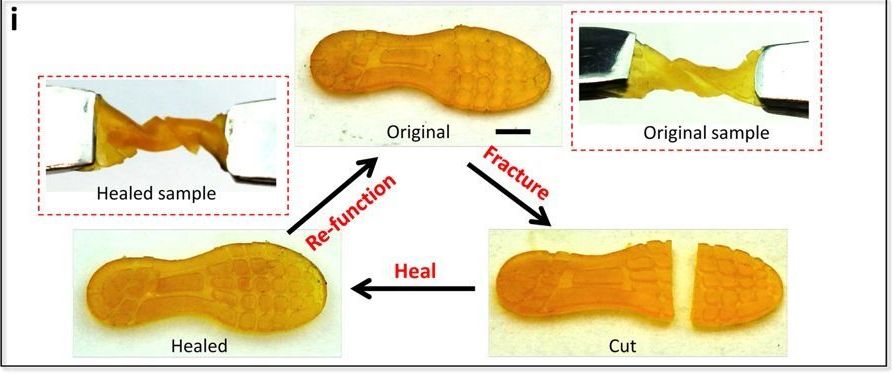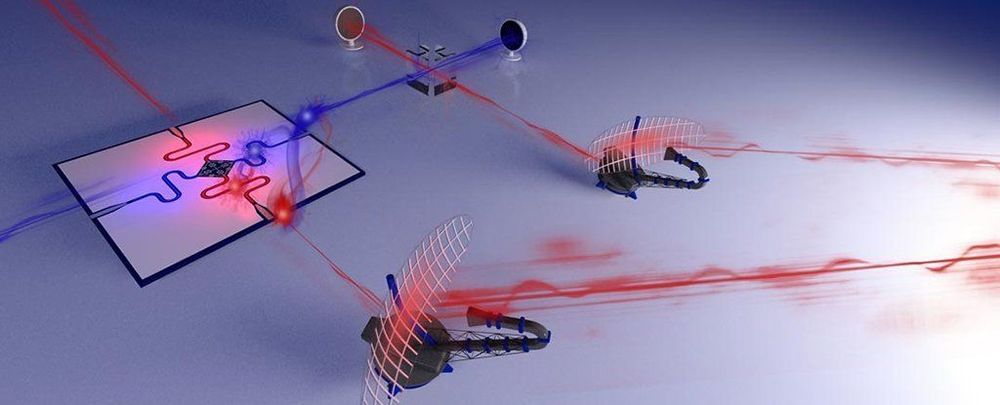High-fidelity modelling of nanosecond repetitively pulsed discharges (NRPDs) is burdened by the multiple time and length scales and large chemistry mechanisms involved, which prohibit detailed analyses and parametric studies. In the present work, we propose a ‘frozen electric-field’ modelling approach to expedite the NRPD simulations without adverse effects on the solution accuracy. First, a burst of nanosecond voltage pulses is simulated self-consistently until the discharge reaches a stationary state. The calculated spatial distributions and temporal evolution of the electric field, electron density and electron energy during the last pulse are then stored in a library and the electrical characteristics of subsequent pulses are frozen at these values. This strategy allows the timestep for numerical integration to be increased by four orders of magnitude (from 10−13 to 10−9 s), thereby significantly improving the computational efficiency of the process. Reduced calculations of a burst of 50 discharge pulses show good agreement with the predictions from a complete plasma model (electrical characteristics calculated during each pulse). The error in species densities is less than 20% at the centre of the discharge volume and about 30% near the boundaries. The deviations in temperature, however, are much lower, at 5% in the entire domain. The model predictions are in excellent agreement with measured ignition delay times and temperatures in H2–air mixtures subject to dielectric barrier NRPD over a pressure range of 54–144 Torr with equivalence ratios of 0.7–1.2. The OH density increases with pressure and triggers low-temperature fuel oxidation, which leads to rapid temperature rise and ignition. The ignition delay decreases by a factor of 2, with an increase in pressure from 54 to 144 Torr. In contrast, an increase in the H2–air equivalence ratio from 0.7 to 1.2 marginally decreases the ignition delay by about 20%. This behaviour is attributed to the insensitivity of OH production rates to the variation in the equivalence ratio.
Avi Schiffmann has been procrastinating on his school work, but he has a good excuse. The 17-year-old high schooler is the creator of one of the most visited coronavirus trackers in the world, which he says now takes up “100 percent” of his free time.
The coronavirus pandemic doesn’t look like it will be over any time soon, and Schiffmann plans to continue actively tracking it until the end. As long as the site is up, he says he will keep working at it and adding new features. Once the pandemic is safely over, he’ll take the servers down, and maybe make a page that compares COVID-19 to SARS or the Spanish flu. He thinks it might be a historical piece on the coronavirus people can look back on.
Avi Schiffmann’s coronavirus tracker is a one-stop shop for all the information about COVID-19 the average person might want to know. It constantly updates with statistics for countries around the world on infections, deaths, recovered, and rates of change using data scraped from the WHO, CDC, and other government websites.
Circa 2019 face_with_colon_three
Shoes will invariably wear out with enough use, but scientists might have found a way to delay the shopping trip for their replacements. A USC team has created a self-healing 3D-printed rubber that could be ideal for footwear, tires and even soft robotics. The effort involves 3D printing the material with photopolymerization (solidifying a resin with light) while introducing an oxidizer at just the right ratio to add self-healing properties without slowing down the solidifying process.
Not only will the Gemini Solar Project be the largest in US history, it is set to be the eighth largest in the world at 690-MW.
Quantum entanglement – that strange but potentially hugely useful quantum phenomenon where two particles are inextricably linked across space and time – could play a major role in future radar technology.
In 2008, an engineer from MIT devised a way to use the features of entanglement to illuminate objects while using barely any photons. In certain scenarios, such technology promises to outperform conventional radar, according to its makers, particularly in noisy thermal environments.
Now, researchers have taken the idea much further, demonstrating its potential with a working prototype.
That strategy was unveiled in a directive on Wednesday by the Ministry of Industry and Information Technology (MIIT), which called on local authorities in 23 provinces, five autonomous regions and four municipalities to support the establishment of these new big data centres, which will help bolster efforts to upgrade the country’s manufacturing sector.
The Ministry of Industry and Information Technology has called on local authorities in 23 provinces, five autonomous regions and four municipalities to support the establishment of new ‘industrial big data’ centres, which would bolster the digital transformation of various industries.
Over the past several years, the increased application of unmanned air vehicles (UAVs) in a wide variety of industries has inspired both public and private research laboratories to not only continually improve this technology, but to also support the miniaturization of these devices. The development of both micro- and nano-UAVs is directly related to the ability of researchers to miniaturize the major components of these devices, some of which include micro-processors, sensors, batteries and all necessary wireless communication units that allow UAVs to function properly in any given settings.

“Submit your photo today to fly with the crew on Dragon and commemorate your achievements!” SpaceX wrote on its website.
Related: In photos: SpaceX’s historic Demo-2 test flight with astronauts More: How SpaceX’s Crew Dragon space capsule works (infographic)
With the help of the U.S. Department of Energy’s (DOE) Brookhaven National Laboratory, Juliette Stecenko is exploring cosmology—a branch of astronomy that investigates the origin and evolution of the universe, from the Big Bang to today and into the future. As an intern through DOE’s Science Undergraduate Laboratory Internships (SULI) program, administered at Brookhaven by the Office of Educational Programs (OEP), Stecenko is using modern supercomputers and quantum computing platforms to perform astronomy simulations that may help us better understand where we came from.
Stecenko works under the guidance of Michael McGuigan, a computational scientist in the quantum computing group at Brookhaven’s Computational Science Initiative. The two have been collaborating on simulating Casimir energy—a small force that two electrically neutral surfaces held a tiny distance apart will experience from quantum, atomic, or subatomic fluctuations in the vacuum of space. The vacuum energy of the universe and the Casimir pressure of this energy could be a possible explanation of the origin and evolution of the universe, as well a possible cause of its accelerated expansion.
“Casimir energy is something scientists can measure in the laboratory and is especially important for nanoscience, or in cosmology, in the very early universe when the universe was very small,” McGuigan said.







